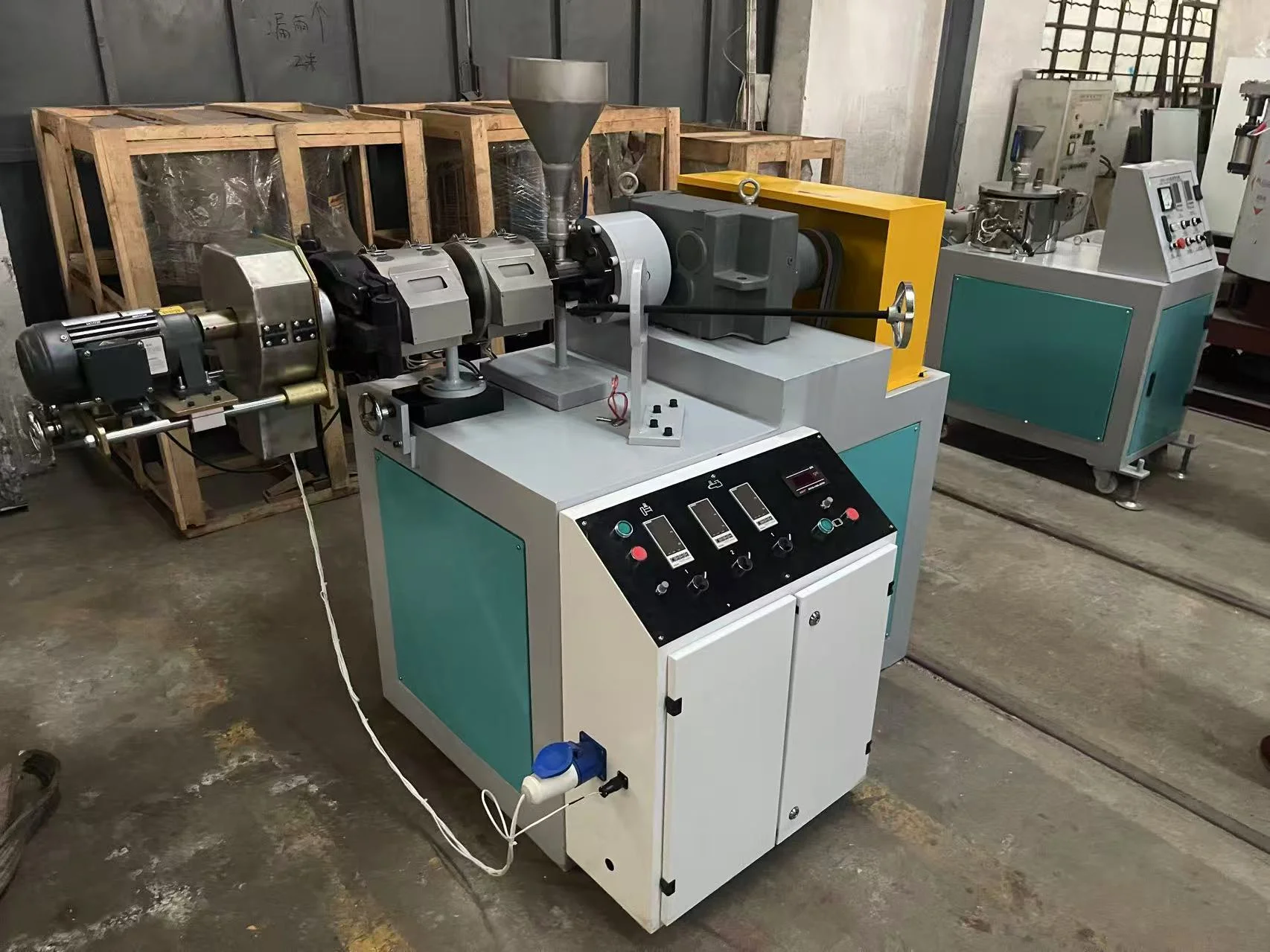Design Considerations for Efficient CO2 Pumps
4 min readhttps://www.nbhelipump.com/Design-Considerations-for-Efficient-CO2-Pumps.html
Factors Impacting Pump Efficiency
When designing a carbon dioxide injection pump, several critical factors come into play to ensure operational efficiency. The flow rate of the pump is a key consideration, as it determines how much CO2 can be delivered within a specific timeframe. The pressure at which the pump operates is crucial, as it directly impacts the ability to push CO2 into underground reservoirs effectively. Moreover, material compatibility is essential to prevent corrosion or degradation of components when in contact with CO2 and other substances used in the injection process.
Efficient pumps are designed with these factors in mind to optimize their performance during carbon dioxide injection operations. For instance, a high-flow-rate pump can deliver larger volumes of CO2 within shorter periods, increasing overall operational productivity. Similarly, pumps capable of maintaining optimal pressure levels ensure that injected CO2 reaches its intended geological storage formations without any hindrances.
Emphasis on Reliability and Durability
Reliability and durability are paramount considerations when designing carbon dioxide injection pumps due to their demanding operational environments. A reliable pump ensures consistent performance over extended periods without unexpected breakdowns or malfunctions. This reliability is crucial for maintaining continuous carbon capture and storage (CCS) operations without interruptions.
Moreover, durability plays a vital role in ensuring that the pump components withstand harsh conditions associated with handling pressurized gases like CO2. By utilizing robust materials and construction methods, manufacturers can enhance the longevity of these pumps while minimizing maintenance requirements.
Incorporating features such as advanced sealing mechanisms and corrosion-resistant materials significantly reduces wear and tear on critical components, thereby extending the lifespan of CO2 injection pumps while also reducing downtime for maintenance tasks.
Power Source Options for CO2 Pump Units
Electric Power
Electric power is a popular choice for carbon dioxide injection pumps due to its reliability and ease of use. These units are powered by electricity from the grid, making them suitable for stationary applications. They offer consistent performance and are relatively easy to maintain. Electric pumps produce zero emissions on-site, contributing to a cleaner working environment. However, they may not be ideal for remote locations without access to reliable electricity or in situations where mobility is essential.
Electric power offers a stable energy source that ensures continuous operation of CO2 pump units without the need for refueling or frequent maintenance. This makes it an efficient option for facilities with consistent access to electrical infrastructure. For instance, in industrial settings where there's a constant demand for carbon dioxide injection, electric-powered pumps can provide the necessary pressure and flow rates without interruptions.
Diesel Power
Diesel-powered carbon dioxide injection pumps are known for their mobility and versatility. They can operate in remote areas or off-grid locations where electrical power might not be readily available. These pumps rely on diesel fuel combustion to generate the energy needed to drive the injection process effectively. While they offer excellent mobility and independence from electrical infrastructure, diesel-powered units emit exhaust gases during operation which contribute to air pollution.
In scenarios where portability is crucial or when operations take place in areas with limited access to electricity, diesel-powered CO2 pump units become indispensable due to their ability to function autonomously without relying on external power sources.
Hydraulic Power
Hydraulic systems provide another viable option as a power source for CO2 pump units. They utilize hydraulic fluid under pressure as the primary driving force behind pumping actions. This method enables precise control over pressure levels and flow rates while maintaining high efficiency during operation. Hydraulic-powered carbon dioxide injection pumps find extensive use in applications requiring high-pressure delivery of CO2 such as well stimulation processes within oil fields or enhanced oil recovery operations.
Hydraulic-driven pump units excel at delivering precise amounts of carbon dioxide into targeted reservoirs with minimal waste or loss during transportation through pipelines.
Final Remarks
You've now gained a comprehensive understanding of the pivotal role that CO2 injection pumps play in CCS technology. From the various types and applications to the design considerations and power source options, you've delved into the intricacies of these essential components. As industries strive to reduce carbon emissions, the significance of efficient CO2 pumps in addressing environmental challenges cannot be overstated.
Now, armed with this knowledge, it's time to explore how these insights can be applied in real-world scenarios. Whether you're involved in energy production, environmental sustainability, or engineering, consider how the information presented here can influence your decision-making processes and contribute to the advancement of carbon capture and storage initiatives.
Frequently Asked Questions
What is the role of CO2 injection pumps in CCS technology?
CO2 injection pumps play a crucial role in carbon capture and storage (CCS) technology by injecting carbon dioxide into underground geological formations for long-term storage, preventing its release into the atmosphere.
What are the types of CO2 injection pumps and their applications?
About Author


